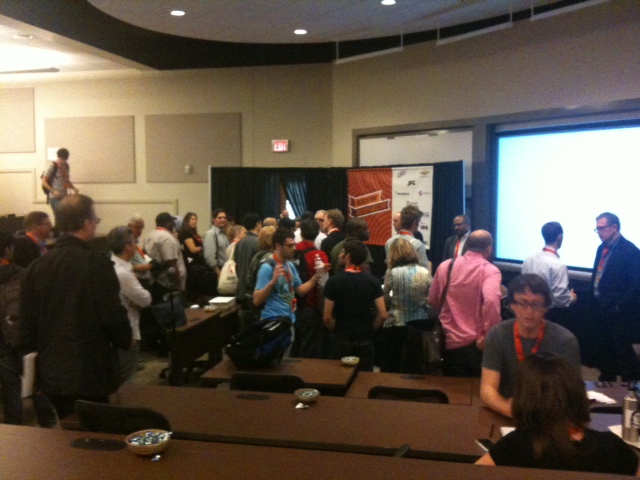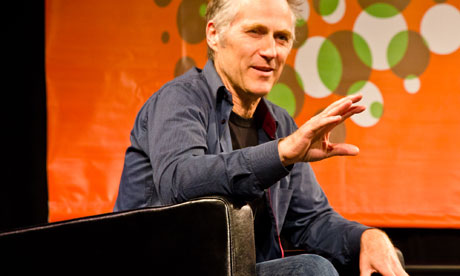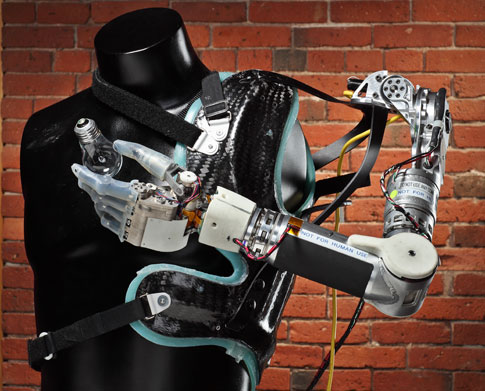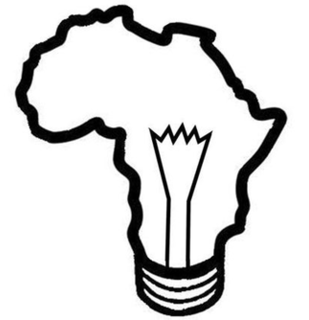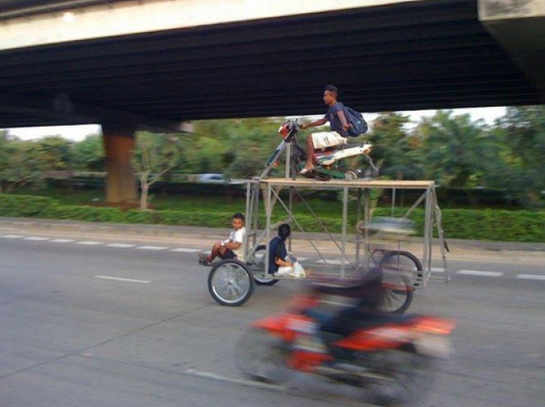
George Ishii (founder of GENi which spun out Yammer and Sizhao Yang (one of the creators of the horrible but effective Farmville before it was sold to Zynga) both have a big history in the startup world and are now working on BetterWorks. They talked about the trends in business software.
When you think of enterprise software you think of big monolithic software like Oracle that costs multiple millions of dollars, you have an army of consultants implementing it (based on a series of requirements) and the implementation takes months. The price point of this software was high, because the only way to distribute this type of software was through an expensive sales force. The focus was on the decision maker, rather than on the user. The interface didn’t matter: who cares what the end-user sees? ssFrom around 2005 the consumer Internet started to create a whole new set of expectations from this type of technology. These expectations are created a shift in the type of enterprise software that gets created.
Ishii described five best practices for designing for consumer enterprise software:
- Instant gratification. The first encounter with the software should create value for the user immediately. Two questions are important: What is the goal? How do we educate the user?
- Focus on smaller workgroups. Allow managers of smaller groups in an organization to adopt the software at a local level. This means you could also create a first experience for the manager and that it should come with a low pricepoint. Virality in the distribution mechanism can only come from the small workgroup.
- Design matters (he showed us the ultimate bad example: LingsCars. The age of boring interfaces is going away and we are getting a new fun and friendly visual design sensibility. Design is not just about being pretty, it is also about information architecture and how you deal with the cognitive load of the users (that is why you use round corners versus sharp corners).
- Use before you buy. IF you allow the user to try the software then they will focus less on long feature lists. Again you should focus on activities that create value. You are bringing the tail end of the sales process into the decision making process.
- Incentivize distribution. Adoption of enterprise software is really hard. One one of doing this is to make sure that people share. You can reward viral behaviour (compare how Dropbox gives out 500MB of space for a successful referal). Good designers will design “nudges” for reinvites. Another incentive you can use is privacy (SlideShare is doing this). The distribution should be an intergral part of the solution you are offering to the customer. The biggest thing you can do though is to create engagement.
There is a whole new category that is starting to transform different verticals like HR, PM, Storage, Communication, Collaboration.
